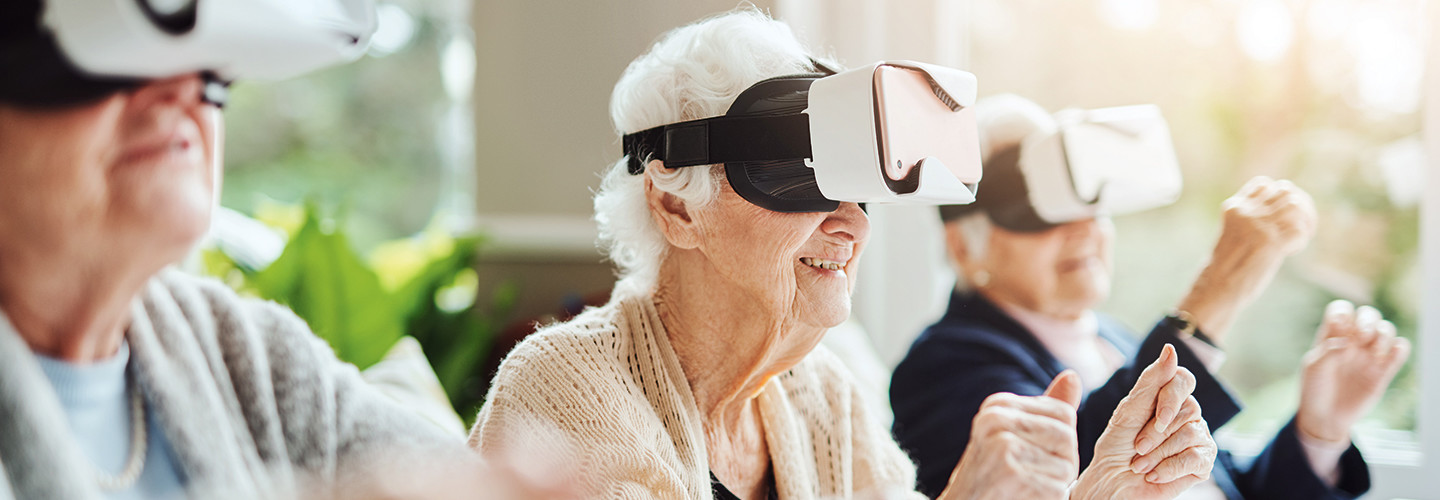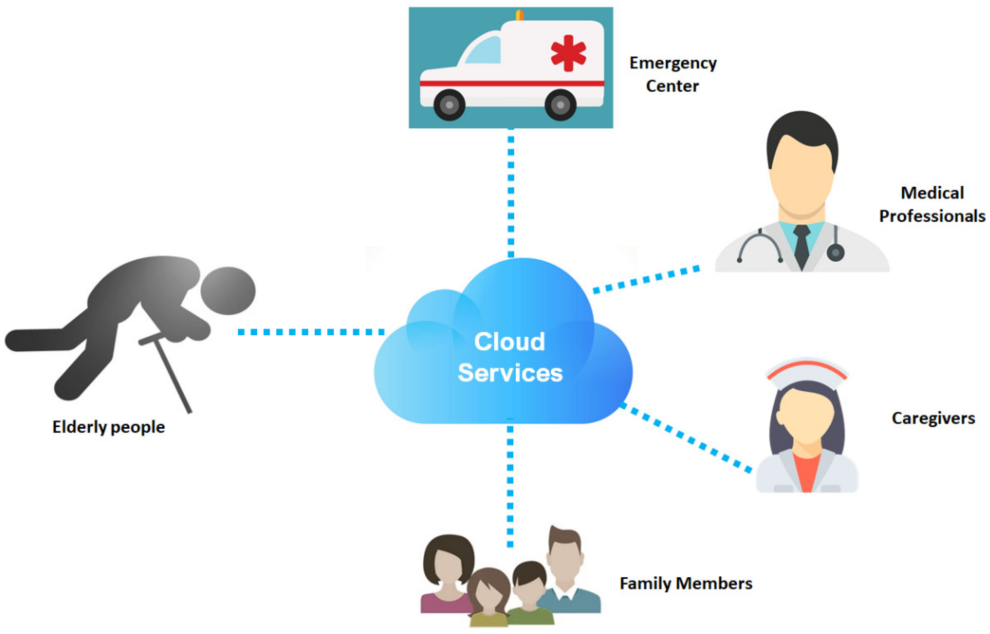Falls are a leading cause of injury and even death among elderly adults. According to the CDC, over 30 million older adults fall each year in the US, resulting in over 32,000 deaths. With the aging population only continuing to grow, this public health threat must be addressed.
Fortunately, recent advances in technology present new opportunities to tackle this issue proactively. The combination of edge AI algorithms, IoT sensors, and computer vision offers the potential to continuously monitor elderly individuals and detect signs of impending falls before they occur. This allows for early intervention, reducing risk and supporting independent living.
Understanding Why Falls Are So Dangerous for the Elderly
To comprehend the gravity of this issue, it’s important to unpack why falls can be so debilitating and even fatal for many older adults:
- Weakened muscles and balance mean falls are more likely to cause injury
- Slowed reflexes make it difficult to catch oneself when falling
- Brittle bones like osteoporosis increase odds of fractures and breaks
- Head injuries, even mild ones, can cause brain bleeding and trauma
- Pre-existing conditions multiply complications and hinder recovery
- Depression and reduced motivation/movement after falls lead to further deconditioning
On top of the physical trauma, falls often cause significant psychological impacts like anxiety, loss of confidence, and reduced independence. Addressing both sides of this equation is paramount.
Leveraging the Latest Innovations in Tech
The risks outlined above demonstrate the need for a multifaceted approach combining proactive fall prevention with rapid emergency response after incidents. Recent innovations allow for this dual solution:
Edge AI and Machine Learning
Instead of relying on the cloud, edge AI allows data to be processed directly on local devices for real-time, low-latency insights. For fall prevention, this enables instant analysis of sensor data and video feeds to identify subtle early changes predictive of future falls.
Powerful machine learning algorithms continuously improve, analyzing data from across networks to determine the most reliable signals preceding falls. This provides fully customized and adaptive risk analysis specific to every patient and environment.
IoT Wearables and Sensors
Tiny, connected IoT sensors allow for 24/7 tracking of various biometrics and indicators without impeding normal activity. Relevant metrics include:
- Heart rate and rhythm
- Blood pressure changes
- Oxygen saturation
- Sleep and activity patterns
- Gait analysis
- Muscle tension
Environmental sensors also identify potential external fall risks such as loose rugs, clutter, lighting issues, wet surfaces, etc.
Computer Vision Technology
AI-powered cameras can perform advanced analysis on video footage in real time, identifying fall risks. This includes detecting changes in:
- Posture
- Mobility and balance
- Reaction time
- Walking pace and patterns
Computer vision provides crucial visual context to complement sensor analytics. It also enables fall detection and emergency alert activation if an incident does occur.
Synergizing Data for Maximum Protection
The true potential of these solutions lies in fusing data from all sources to form an intelligent, responsive safety net tailored to individuals’ evolving needs. Here’s one example of how it could work in daily life:
Early Detection and Prevention
During her afternoon stroll, Grammy’s smartwatch detects increased heart rate variability, perspiration, and unsteadiness. The connected home sensors notice she keeps returning to the bathroom while neglecting her hydration tracker. The edge AI cross-references historical data confirming these are anomalies possibly indicative of a UTI.
Noting the increased fall risk, the AI adapts by dimming lights when Grammy stands, adjusting thermostat to maintain optimal temperature, and sounding alert reminders to drink water. Her doctor and family caregiver are also notified to address the likely infection early before complications arise.
Real-Time Emergency Response
The next morning, Grammy feels especially light-headed and shaky. Though the sensor analytics detect this, increased weakness causes her to stumble while making breakfast. Instant computer vision analysis of the cameras confirms her fall. Within seconds, the AI triggers calls to emergency services and Grammy’s daughter while turning on lights/unlocking doors to facilitate access.
This rapid response minimizes injury severity and prevents Grammy from being stranded immobile on the ground, greatly improving outcomes.</ Ongoing tracking during recovery helps prevent recurrent falls as well through boosted supervision and tailored strengthening regimens guided by earlier incident analytics.
Revamping Elder Care with Smart Tech

The integration possibilities enabled by edge AI, sensors, and computer vision expand far beyond just fall prevention/response. Other promising applications include:
- Improved Medication Adherence: Sensors track dosage schedules and physiological responses, while computer vision confirms identity and ingestion.
- Enhanced Rehab Progress: Motion sensors quantify exercise performance, coordination drills guide users through therapeutic activities via virtual reality for engaging motivation.
- Emergency Vital Tracking: If an incident does occur, vitals are continuously streamed to emergency services for enhanced triage/treatment planning.
The overarching goal, however, remains boosting independence and quality of life. Analytics-driven insights allow personalized interventions optimized for abilities, risks, and preferences on an ongoing basis.
Overcoming Challenges for Practical Implementation
Despite the immense promise, effectively leveraging these technologies to better support vulnerable elderly populations faces some barriers:
Privacy Concerns
Continuous passive monitoring inevitably raises privacy questions. Ensuring data transparency, security safeguards, user control options, and strict regulatory accountability is imperative for mitigating these worries.
Prohibitive Costs
Financial limitations can exclude many elderly patients from accessing advanced systems. Prioritizing affordable pricing, creating subsidies, and highlighting long-term healthcare savings to patients and insurers can boost adoption.
Complexity Challenges
Ease-of-use and thoughtful interface design are vital for elderly users. Solutions must provide maximal protection while minimizing hassles and disruption. Careful testing alongside iterative improvement is key to success.
While work remains to address these barriers, the astonishing pace of technological progress foreshadows a future where falls are no longer an inevitable reality of aging.
The Future of Elder Care: Supporting & Protecting Loved Ones
Fall prevention technology has expanded far beyond unreliable medic-alert buttons. Driven by transformative AI and connectivity breakthroughs, revolutionary smart safety nets are emerging to sustain elderly independence and empower enriched living.
For aging individuals, this means renewed confidence to pursue passions free from instability fears. Meanwhile, families and caregivers gain invaluable peace-of-mind knowing that support systems vigilantly watch over those they love.
By synergizing sensors, edge intelligence, data analytics, and computing vision, a new era has dawned. One filled with longevity, dignity, and protection for our most vulnerable and valuable generation.
















Add Comment